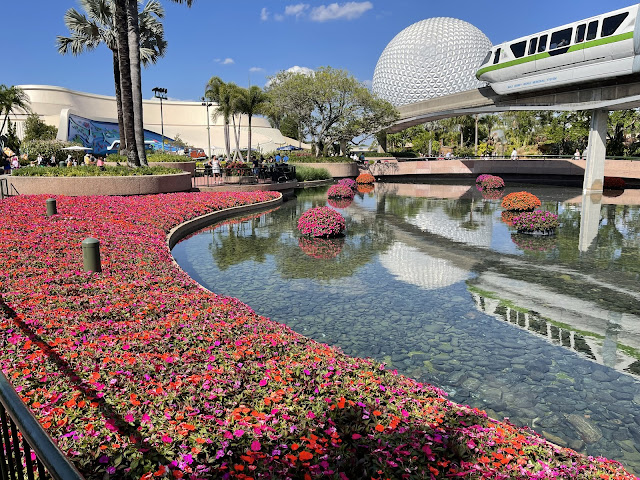Today we are on the ferry heading off the island for a four day trip to see three of our five children and four of our 6 ¾ grandchildren. On August 9 we will leave home on a nine week trip across the country and this is our last chance to see a few family members and take care of some errands that need to be done before the long trip.
 |
| Leaving the Island on a Stormy Day. |
We are staying for two nights in Cary, NC, on the edge of Raleigh, where tonight we will see our son, Kelly, and our five-year-old grandson, Frank. Frank’s mom, Erin, has out-of-town company this evening and we will miss her.
Erin works as the Director of Durham's Central Park, a site that is also home to the Durham Farmers' Market. Kelly works at Duke University where he is the manager of an interdisciplinary research program that studies communications between physicians and their patients, especially when those relationships involve decision making with regards to treatment and care.
Frank is in love with space, planets, and astronauts. He knows more about the science of the universe and space travel than we will even know. On the last visit he was trying to explain the nature of plasma to us and we got tangled up somewhere between the neutrons and the protons…we had already lost the electrons.
Tonight we are bringing him a pillowcase that Trish made for him after locating material that has planets on it. He will also get a little bracelet that has beads of all the planets strung on it in their proper order out from the sun.
Tomorrow we get to visit with our son, Doug, and his wife, Jill, in Raleigh. Doug is a Clinical Psychologist who works mostly with juveniles. Jill is the script supervisor for a TV show called “Love it or List It,” and also a free lance photographer. You can see a lot of her stuff at orangecatart.com.
Friday we go on down to Goldsboro, NC where our son, Greg, and his wife, Annette, are both in the Air Force and presently stationed at Seymour-Johnson Air Force Base. Annette is a flight controller and Greg is an APG Section Chief working on F-15 jets. He has just been promoted to Master Sergeant and Friday evening we will get to attend the formal ceremony where he officially gets his new stripes.
Then it will be back home to pack for the long trip. That trip will take us to seventeen states. Most of the BLOG entries during that time will be following along during that trip.
Want to come along?





















































